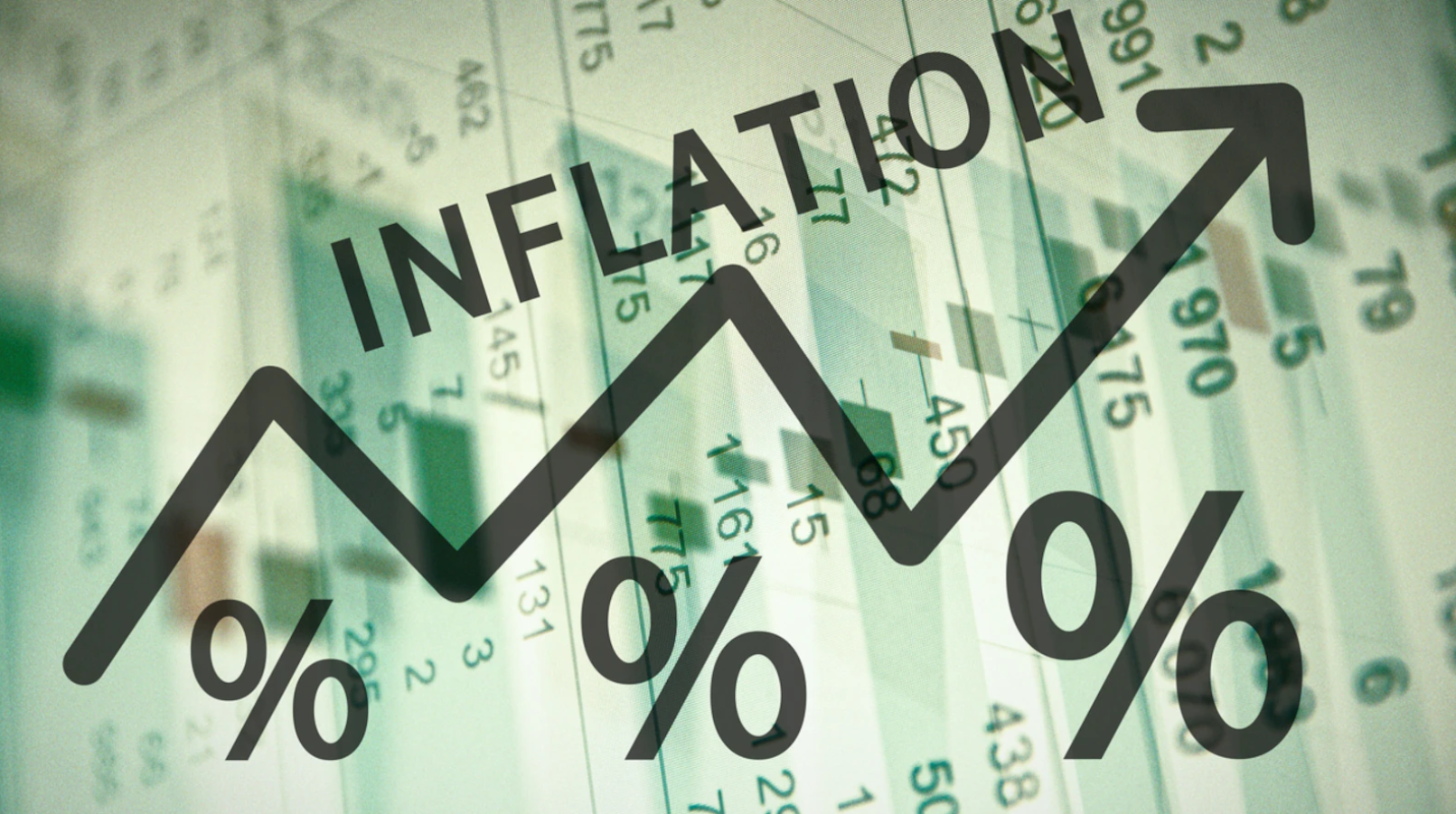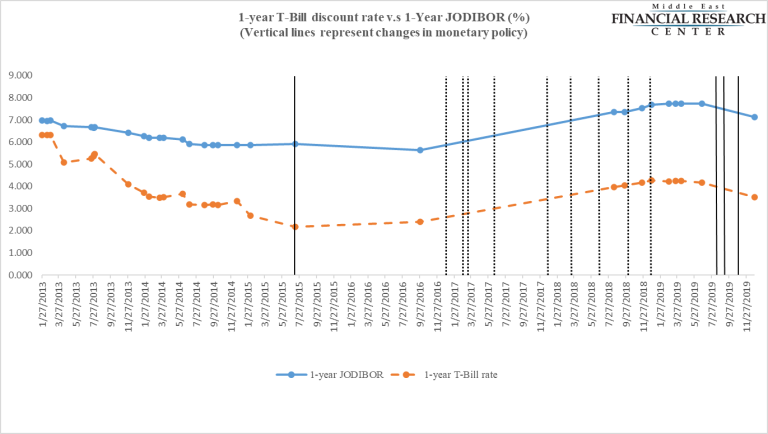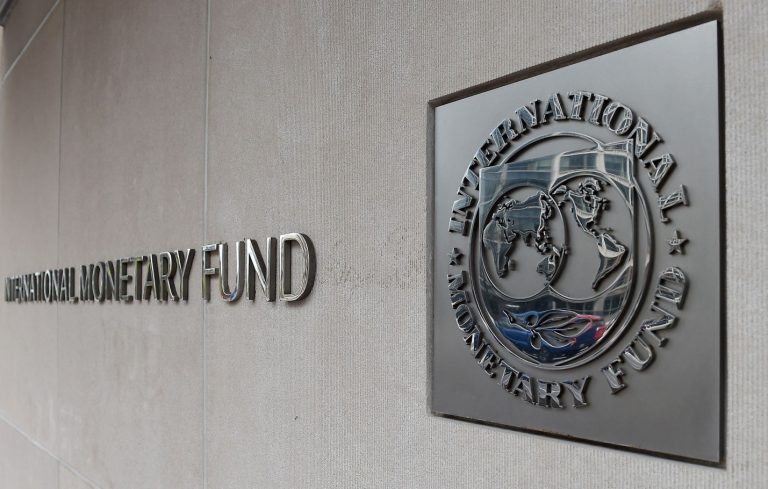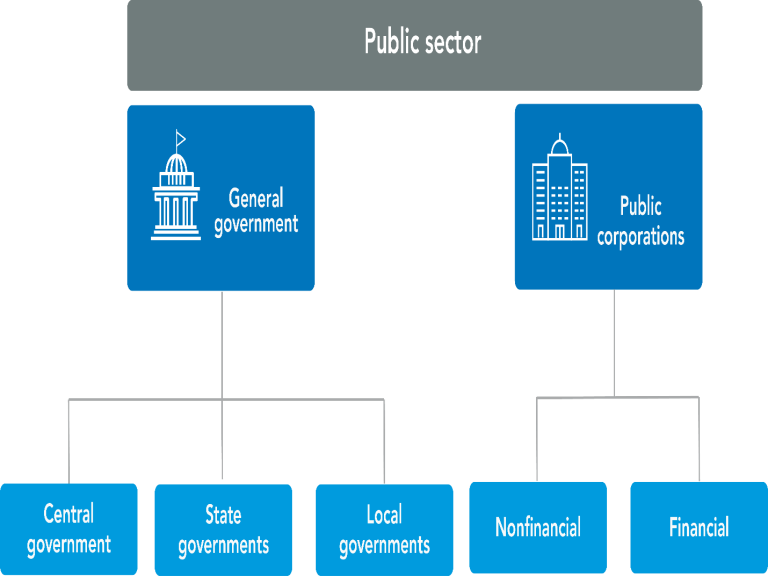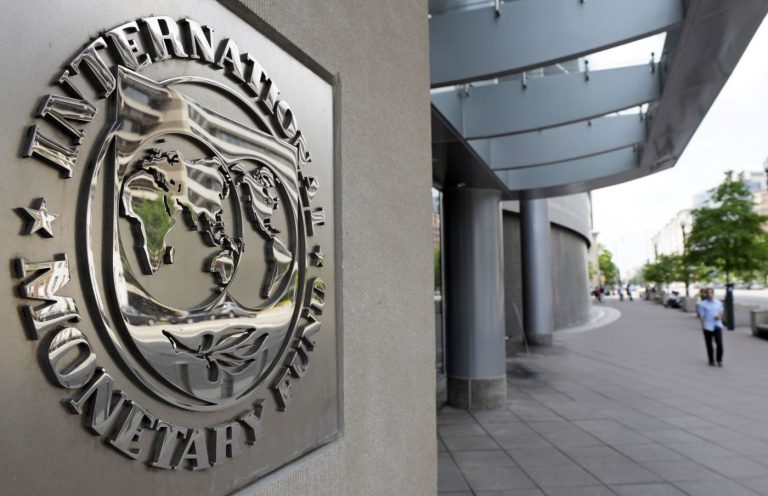What is inflation?
Inflation measures how much more expensive goods and services have become over a certain period, usually a year. Also defined as an upward movement in the general level of prices in the economy over a period of time. However, inflation should reflect only the persistent rise in the average level of prices over time and not just any increase in prices. Therefore, several techniques to calculate inflation are available and different techniques are used by different countries.
What is the Consumer Price Index (CPI)?
The CPI Manual defines the CPI as an index that measures the rate at which the prices of consumption goods and services are changing from one period to another [1].
Notice the specific use of the term, “consumption goods and services”; this is one of the main dimensions of the CPI universe. Were the consumption items purchased or merely consumed?
What is the Personal Consumption Expenditures (PCE) index?
The PCE Price Index is a measure of the prices that people living in the country, or those buying on their behalf, pay for goods and services. The change in the PCE price index is known for capturing inflation (or deflation) across a wide range of consumer expenses and reflecting changes in consumer behavior. For example, if beef prices rise, shoppers may buy less beef and more chicken [2].
What is meant by Core PCE?
The core PCE price index is a measure of inflation that tracks the price changes of all components of personal consumption expenditures (PCE), except for food and energy categories.
What is meant by Headline Inflation?
Headline inflation measures changes in the cost of living based on movements in the prices of a specified basket of major commodities. It refers to the annual rate of change or the year-on-year change in the Consumer Price Index (CPI) [3].
What is meant by Core Inflation and how is it measured?
In principle, “core inflation” is the trend component of overall CPI inflation, i.e., the part that is not affected by transitory price fluctuations. Inflation becomes transitory when price levels change for relatively short periods of time.
Measures of Core Inflation [4]
- CPI-trim
CPI-trim is a measure of core inflation that excludes CPI components whose rates of change in a given month are located in the tails of the distribution of price changes. This measure helps filter out extreme price movements that might be caused by factors specific to certain components. In particular, CPI-trim excludes 20 percent of the weighted monthly price variations at both the bottom and top of the distribution of price changes, and thus it always removes 40 percent of the total CPI basket. These excluded components can change from month to month, depending on which are extreme at a given time. A good example would be the impact of severe weather on the prices of certain food components. This approach differs from traditional a priori exclusion-based measures, which every month omit a pre-specified list of components from the CPI basket.
- CPI-median
CPI-median is a measure of core inflation corresponding to the price change located at the 50th percentile (in terms of the CPI basket weights) of the distribution of price changes in a given month. This measure helps filter out extreme price movements specific to certain components. This approach is similar to CPI-trim as it eliminates all the weighted monthly price variations at both the bottom and top of the distribution of price changes in any given month, except the price change for the component that is the midpoint of that distribution.
- CPI-common
CPI-common is a measure of core inflation that tracks common price changes across categories in the CPI basket. It uses a statistical procedure called a factor model to detect these common variations, which helps filter out price movements that might be caused by factors specific to certain components.
What is meant by Underlying Inflation?
Underlying inflation is the rate of inflation that would be expected to eventually prevail in the absence of economic slack, supply shocks, idiosyncratic relative price changes, or other disturbances. Underlying inflation is a useful benchmark for monetary policy in that it provides an idea of the rate of a price change that would be expected to obtain under “normal” circumstances in an economy where the level of resource utilization is putting neither upward nor downward pressure on inflation. In addition, an examination of the behavior of measures of underlying inflation over time can highlight interesting and potentially policy-relevant features of the inflation process [5].
Anchored Inflation Expectations
The concept of anchored inflation expectations has no widely agreed-upon definition, however, identified as a set of predictions about the behavior of inflation forecasts in economies that feature a strong nominal anchor [6]. According to Beechey, et al. 2011 [7] inflation expectations are anchored when inflation compensation is unresponsive to macroeconomic news surprises at which time neither expected inflation nor the inflation risk premium moves systematically in response to the news. Choi, et al. 2018 [8] measure inflation anchoring based on the impact of inflation shocks—defined as the difference between actual inflation and short-term inflation expectations from Consensus Economics- on the first difference in expectations of inflation h years in the future. The lower this impact, the better-anchored inflation expectations. Keeping inflation anchored is said to reduce the uncertainty that firms and households face, allowing them to plan better for the future and carry out the longer-term investments that lead to higher growth. The important role of inflation expectations has led many central banks worldwide to improve transparency regarding the central bank’s goals, often explicitly through adopting an inflation target and better communication with economic agents.
Phillips curve:
Demand effects on inflation are often modeled via a so-called Phillips curve:
- A Phillips curve relates price or wage inflation to some measure of excess demand, either unemployment, output, or capacity utilization gap.
- Consider the output gap: a positive output gap means output is above its potential because demand is strong
- High demand, as measured by the positive output gap, implies higher inflationary pressures
- However, this is only a temporary effect because the output gap will close eventually
When the Phillips curve is flat, even large changes in the unemployment rate have little effect on the price level. Whenever unemployment is equal to its natural rate, inflation is equal to expected inflation. The position of the Phillips curve can be determined if we know the natural rate of unemployment and the expected inflation rate.

References
[1] Manual, C. P. I. (2020). Concepts and Methods. ILO/IMF/OECD/Eurostat/UNECE/The World Bank, International Labour Office (ILO), Geneva.
[2] U.S. Bureau of Economic Analysis, Personal Consumption Expenditures [PCE], retrieved from FRED, Federal Reserve Bank of St. Louis; https://fred.stlouisfed.org/series/PCE, December 24, 2022.
[3] U.S. Bureau of Labor Statistics. “Handbook of Methods for Consumer Price Index: Data Sources”.
[4] Khan, M., L. Morel and P. Sabourin. 2015. “A Comprehensive Evaluation of Measures of Core inflation for Canada.” Bank of Canada Staff Discussion Paper No. 2015-12.
[5] Rudd, Jeremy B. (2020). “Underlying Inflation: Its Measurement and Significance,” FEDS Notes. Washington: Board of Governors of the Federal Reserve System, September 18, 2020, https://doi.org/10.17016/2380-7172.2624.
[6] Bems, M. R., Caselli, F. G., Grigoli, F., Gruss, B., & Lian, W. (2018). Expectations’ Anchoring and Inflation Persistence. International Monetary Fund.
[7] Beechey, M. J., Johannsen, B. K., & Levin, A. T. (2011). Are long-run inflation expectations anchored more firmly in the Euro area than in the United States?. American Economic Journal: Macroeconomics, 3(2), 104-29.
[8] Choi, S., Furceri, D., & Loungani, M. P. (2018). Inflation anchoring and growth: evidence from sectoral data. International Monetary Fund.

